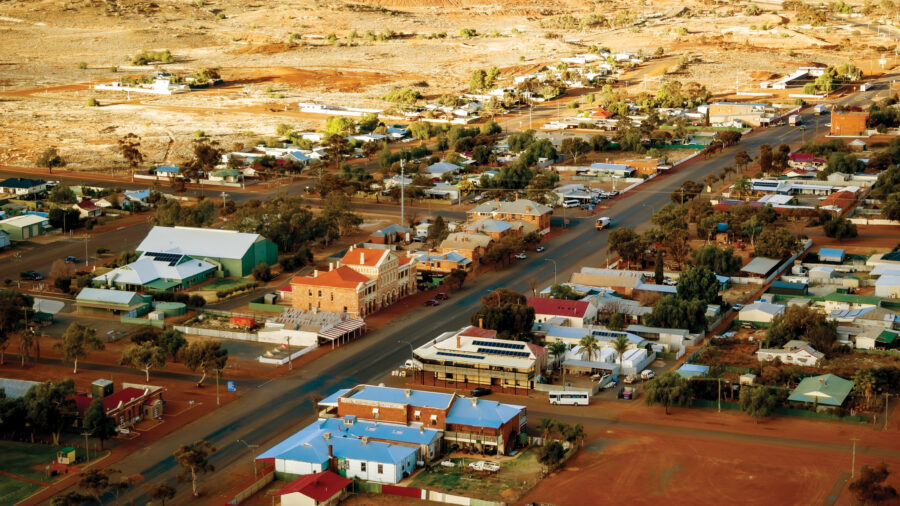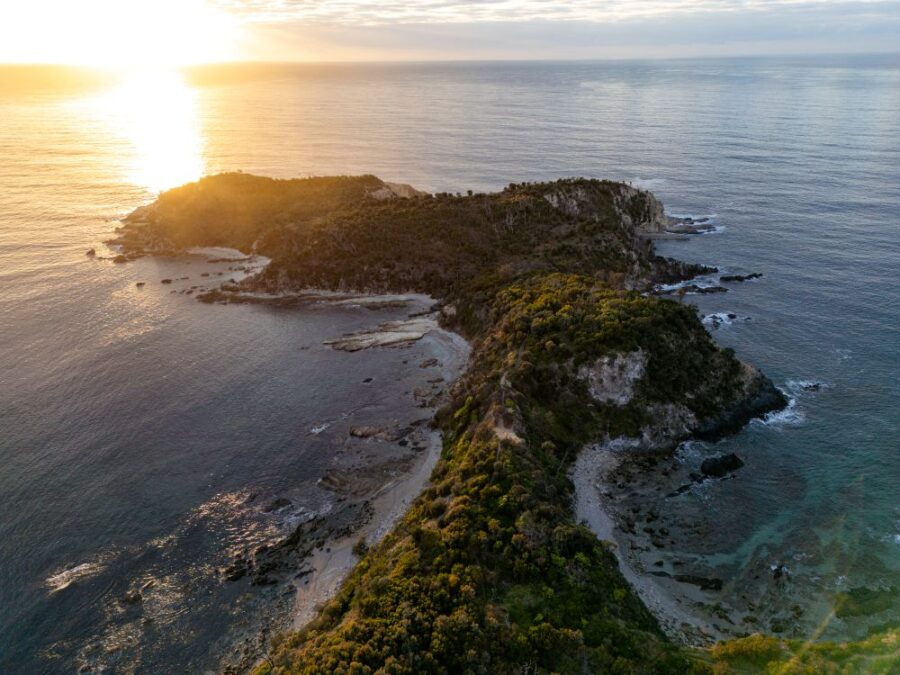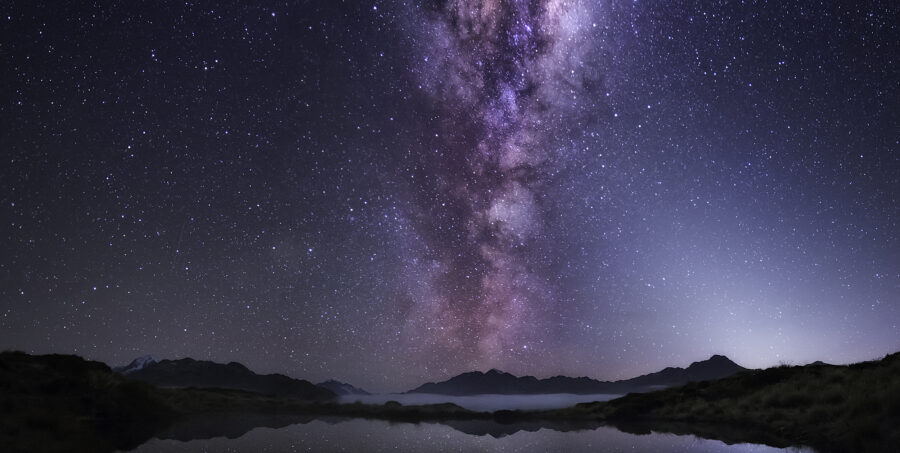Underground and above in Mt Isa

TAKE A 10 MILLION YEAR hop back in time, land a barramundi in some of the nation’s most remote country, or take your pick of awe-inspiring picnic spots on a dusty outback carpet of sandstone. Mount Isa, 1925 km north-west of Brisbane, presents numerous challenges for adventure-seekers, but the rewards can be inspirational.
It is listed by the Guinness Book of Records as the world’s biggest city, landwise. Mount Isa’s total civic area covers 43,310 sq. km, bigger than Switzerland and two-thirds the size of Tasmania.
The city’s far-flung boundaries include the town of Camooweal, 200 km to the north-west near the Northern Territory border. The main street here is part of the highway from Mount Isa, which locals reckon makes it the longest city road in the world.
First-time visitors to this city of 24,000 may see it as a grimy outback mining community, where copper, lead, silver and zinc are produced in one of Australia’s biggest mining-smelting complexes. But beyond its towering smokestacks there is colourful and panoramic bush country with four-wheel drive tracks to explore – and man-made lakes such as Lake Moondarra, just 15km north-west of Mount Isa Mines (MIM).
Opened in 1957 as the city water supply and for recreational purposes, the 2375 ha lake is used for boating, sailing, fishing (catch limits apply) and swimming, with free barbecues on the shores for picnickers. It is stocked annually with fingerlings of barramundi, catfish, sooty grunter, sleepy cod, archer fish and others; each October there’s a fishing contest with $25,000 prize for anyone who hooks a specially tagged “barra”.
Many visitors make Mount Isa their base for exploring features of the surrounding countryside, such as the Riversleigh fossil deposits and Lawn Hill (or Boodjamulla) National Park, both World Heritage-listed.
The fossils at Riversleigh, 250 km north-west of the city, are rated among the richest and most extensive in the world, covering 40 to 60 sq. km, with some dating back between 10 and 25 million years. Over the last 27 years, the remains of thousands of ancient inhabitants of the region, including giant pythons, carnivorous kangaroos and marsupial lions, have been recovered from the limestone rocks.
In a laboratory at Outback Isa, palaeontologist Dr John Scanlon works on Riversleigh fossils and displays some of the latest finds there. Lawn Hill, 340 km north-west of Mount Isa, covers 3108 sq. km of spectacular gorge country and sandstone ranges along with more fossils.
FOR THE VERTICALLY ADVENTUROUS, Hard Times is a special tourist mine created at the Outback Isa complex in 2004, after MIM ended public tours of actual working mines. Here you can take close-up views of the heavy trucks and other machinery, including a “widow-maker” mucking unit at the pithead, before changing into orange overalls, rubber boots, hard-hats with headlamps – and earmuffs – for your journey closer to the centre of the Earth.
Then take the lift 65 m underground to the mine face, followed by a short tram ride and a 1.2 km-walk through the dank, wide and high-ceilinged tunnels where there’s an opportunity to take up a drill and bore into the rock.
For the outback bush experience, Dick’s Tag Along Tours, operated by Dick and Sonja Peever, invite drivers to “tag along” with them on a safari, visiting dozens of scenic spots, like Fountain Springs, a picnic spot amid craggy hills 53 km south-east of Mount Isa.
Sonja provides colourful local stories along the rough tracks of the Selwyn Ranges, where you can view Aboriginal rock art, enormous ant-hills, waterholes and sites of disused mines, including Mary Kathleen, from which 2.9 million tonnes of uranium ore was processed until it closed in 1982. Mary Kathleen once had a population of about 2000; now there’s only a caretaker.
Other relics include traces of old railway lines used by ore trains and the grave of Thomas Tame, who died in an explosion at the Wee McGregor copper mine in 1912; four other unmarked graves are nearby.
Mayor John Molony says Mount Isa is “the hub of north-west Queensland … a Damascus to which all roads lead”. The city is out to increase tourist numbers after declines over the past two years, not helped by floods in early 2009.
The mayor would prefer to forget a widely published newspaper interview in 2008 in which he was quoted as saying that because men greatly outnumber women in the mining town, it would be a good place for “not so attractive” women to visit and maybe come and live. Right now, he and the council would welcome more visitors of any gender and any age.
Among other features worth a look in Mount Isa are a Royal Flying Doctor Service base, the Kalkadoon Tribal Centre and Cultural Keeping Place, and a hilltop lookout over the city and the mining smokestacks, the highest of which is 266m.
The writer visited Mount Isa on an itinerary arranged by Tourism Queensland.




